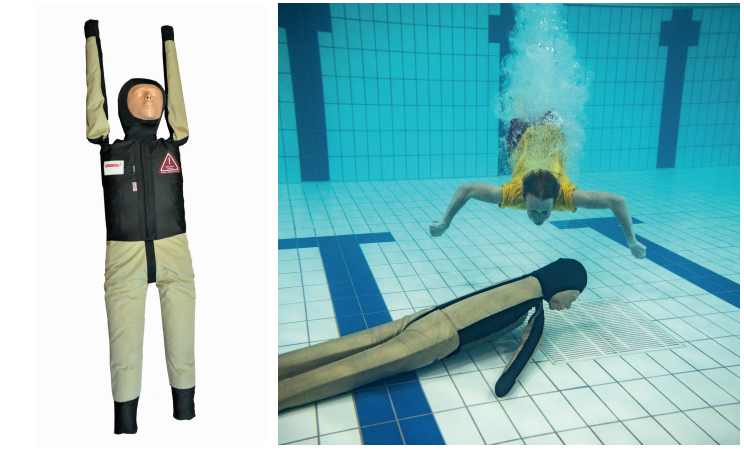.png?1681294202528)

When I was born, I was one of the 1 in 150 babies who experienced shoulder dystocia during my birth. Unfortunately, this led to me suffering from a condition called Erb's palsy.
One of the main causes of Erb's palsy is improper management of Shoulder Dystocia and excessive fetal force which can cause damage to the brachial plexus (a group of five nerves that connect to the spinal cord and give movement and feeling to the shoulder and arm).
Damage to the brachial plexus can cause weakening and paralysis of the arm and shoulder. Depending on the severity of the nerve damage the weakness and paralysis may last for days, months, or life.
Erb's Palsy is a life-changing condition for the child and family.
Several surgical options are available, including nerve grafts & muscle releases (I have had a number of surgeries including subscapularis release, tendon and muscle grafts, and rotational surgery of the ulna).
These can significantly improve the strength and mobility of the arm. Even with the surgical treatments, weekly physio, and occupational therapy can often be required in the child's early years.
In several studies, training to manage shoulder dystocia using our Birthing Simulator PROMPT Flex was found to improve outcomes for newborns.
Repeated training was found to result in sustained improvement of shoulder dystocia management and led to a reduction in brachial Palsy injuries.
With promising findings like these, it is evident that reliable training for all relevant medical professionals is a key factor in reducing the number of babies born with Erb's Palsy.





